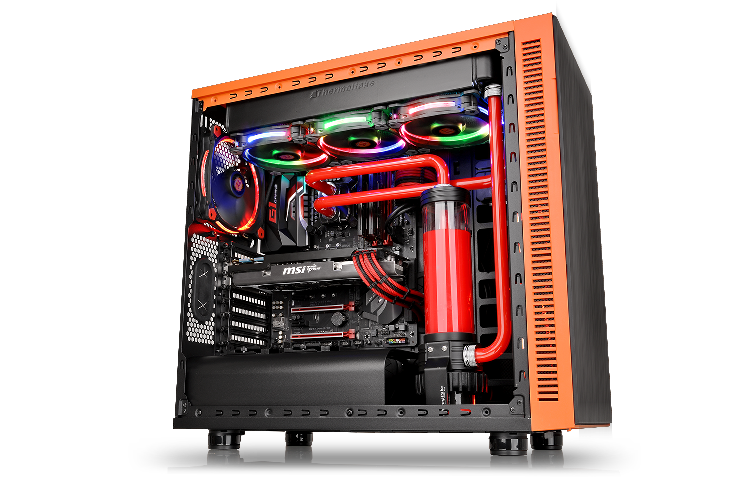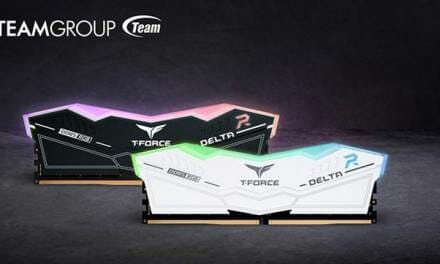
Top Methods for Recovering Lost Data With the Help of IT Advancements

Technology is giving us many options for recovering lost data-whether that’s through the help of IT advancements, or by using their services. Regardless of what route you take, it’s important to know all your options for recovering lost data so you can choose the best option for your needs.
Using Solid State Drive Recovery Software
Solid-state drive recovery software is one of the best methods for recovering lost data. This type of software can recover all types of files, including photos, music, and documents. Best of all, it’s easy to use and doesn’t require any technical knowledge, and there are no moving parts in SSD drives, which means they are typically more reliable than standard hard disks. Another option for recovering lost data is through IT Support Companies. They’re professionals who will help you get your files back. The only catch is that they charge a fee for their services – however, it’s usually very reasonable and worth every penny if you need to recover lots of data. IT Support Companies provide options like:
- Format Recovery: If your hard drive has been corrupted or formatted, this technique will help recover your files even though they are no longer visible.
- Deleted File Recovery: Lost your files by accident? Not a problem! This service will help you recover deleted files on any storage device attached to your computer.
- Partition Recovery: If a hard drive has been repartitioned, IT Support Companies can help recover data from each partition created within that hard drive.
- Advanced-Data Recovery: Any type of file can be recovered with this option. From documents and photos to music and videos, it’s all here – even if the file itself isn’t accessible anymore.
When you choose an IT support company for recovering lost data, make sure to do your research and pick a top-notch company that offers fair prices and great service. There are plenty of companies available in your area, so take your time and find the right one to meet all of your needs.
Using Network Attached Storage Server Software
Network-attached storage servers provide another option for recovering lost data. While not as common as other options on this list because they’re often used in business settings rather than personal homes, it’s important to know what network-attached storage servers are and how they work. Network-attached storage (NAS) servers are like hard drives that can be accessed through your wireless network. This means you can get access to them from “anywhere” – not just when you’re in the same building or house.
It’s often used for businesses, but it’s a great option for home users as well – especially when trying to recover lost data or getting back old files they accidentally deleted or reformatted. Similar to IT Support companies, network-attached storage also uses software to recover lost data or files that have been deleted or reformatted. The best part is that it’s not only free but easy enough for anyone to use – even if they’re not tech-savvy. If you’re looking for a way to recover lost data without spending too much money, give one of these options a try.
Recovering Data With an External Hard Drive
One final option for recovering lost data is by using external hard drives. It may seem obvious, but many people overlook this step when trying to get their old files back again. External hard drives are like additional hard drives attached right on top of your current one in most cases). They act as a way to store and make more room on your current hard drive – as well as recover lost data. All you have to do is find the external hard drive, attach it to your computer or laptop, and start scanning for files that you want back again.
It may seem odd at first but it’s an excellent idea if you’re looking to save money. Buy a small ($100) external hard drive and once it gets full, buy a larger one ($200+) so that you never run out of space again! This option is especially great if you have a large media library with lots of photos, videos, music because now you can store all those files safely somewhere else other than your current device(s).
The bottom line is that there are several ways to recover lost data and get back files that can no longer be found (deleted or reformatted). You don’t have to take your computer or other media device into a shop and pay hundreds of dollars to do so. Instead, you can try one of these options and see if it works for you – usually, it does, which is why they’re such common methods for recovering lost data!

























